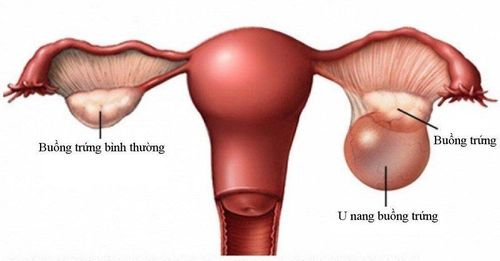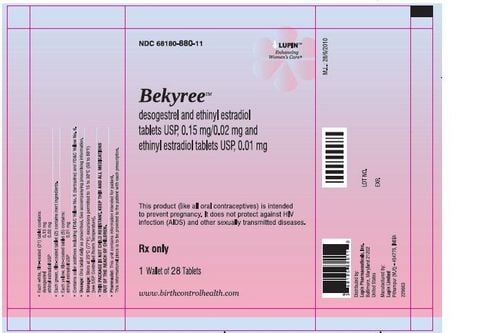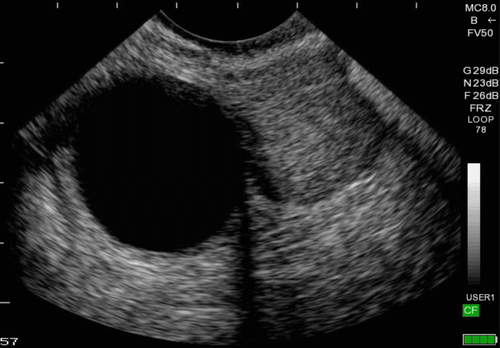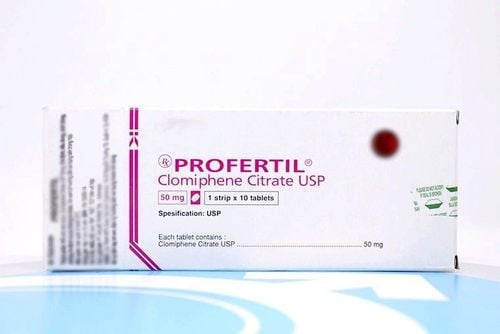This is an automatically translated article.
The article was professionally consulted by Specialist Doctor II Huynh Thi Hien - Obstetrician and Gynecologist - Department of Obstetrics and Gynecology - Vinmec Nha Trang International General Hospital.Surgical removal of ovarian cysts is a commonly used method in the treatment of ovarian cysts. So when to apply the surgical removal of ovarian cysts? This problem depends on the condition of the tumor and the health of the patient.
1. Conditions for surgical removal of ovarian cysts
Ovarian cystectomy is a surgical method performed with the aim of separating the tumor from the outside, preserving intact healthy follicles to minimize the impact on fertility. of women later.To perform surgery to remove ovarian cysts, there are two surgical methods that can be applied, which are laparoscopic surgery and open surgery. Therefore, depending on the characteristics and nature of the tumor and the patient's current health status, the doctor will appoint the most appropriate surgical method.
Usually ovarian cyst removal surgery is indicated in the following cases:
In case of large tumor: When detecting large, abnormal ovarian cysts, the doctor may appoint surgical removal. remove the tumor. Malignant Ovarian Cyst: In this case, malignant or unidentified cysts need to be removed as soon as possible. In case of ovarian cyst with cancerous cells: Surgery is needed to remove the tumor as soon as the germ of cancer cells is detected. In case of ovarian cysts due to endometriosis: Need immediate surgery to prevent infertility. In case of organic ovarian cysts: These cysts cannot go away on their own, but need to be surgically removed to prevent complications. Occasionally, ovarian cysts grow so large that the entire ovary is twisted. This condition can damage the fallopian tubes or fallopian tubes, or even cause life-threatening bleeding. This type of ovarian cyst requires immediate treatment to prevent permanent damage to the ovaries. The doctor may remove the ovaries if complications occur that cause too much damage.
2. Ovarian cyst surgery procedure
a. Laparoscopic removal of ovarian cysts First, the surgeon will make a small incision about 2cm in the abdomen (usually below the navel).Then, inject CO2 into the peritoneal cavity through a needle or trocart.
A laparoscope with a camera is inserted through the incision to assess the status of ovarian cysts.
Based on the image and position of the cyst after being observed, the surgeon will use a monopole knife to make another small incision so that laparoscopic instruments can be inserted.
Carry out de-adhesion if the tumor is attached to the abdomen. In case the adhesion cannot be removed, it is necessary to switch to open surgery to avoid tumor rupture.
After the prognosis and evaluation, the doctor will perform the surgery:
Using a 1-pole knife, start making an incision about 2cm long on the surface of the tumor, close to the ovary. Use forcep to attach to one side of the incision and then pull up to create space. Use a pick to remove the tumor from its shell. When it comes to the stem of the tumor, if it is a small tumor, without bleeding, it is possible to remove all of the tumor and bring it out. In case the tumor is bleeding below the pedicle, it is necessary to use a 2-pole electric knife to burn the bottom of the tumor, then use scissors or a single-pole knife to cut the tumor stem. Specimens after being removed from the ovaries will be taken to test for cancer risk.
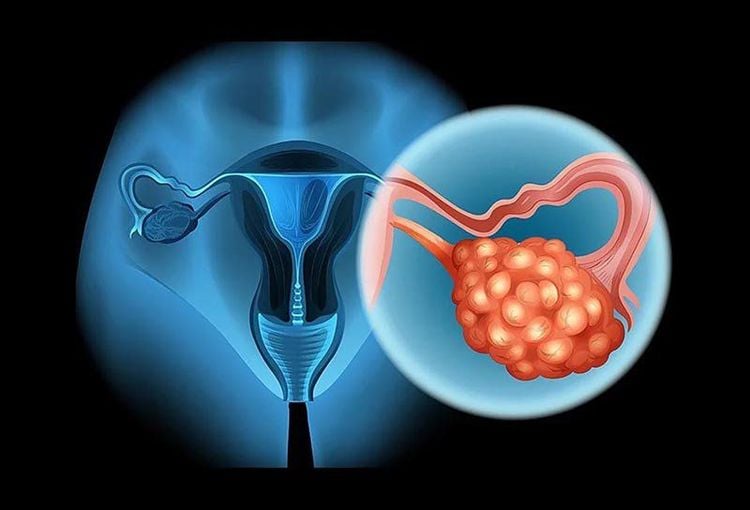
Although this is a modern technique to treat ovarian cysts. But not all cases of ovarian cysts can be indicated for laparoscopy. Cases that cannot be performed this surgical method include:
Being infected; Blood clotting disorder, hemophilia; Multiple surgery on appendages; Adhesive cystic mass; Ovarian Cancer . b. Removal of ovarian cysts by open surgery Not all cases can be removed by open surgery. This method of open surgery for ovarian cysts only applies to the following cases:
The cysts are located on the loose structural tissue layer; Large tumor size leads to compression of internal organs; In case of ovarian torsion cyst; Rapid tumor growth. The doctor makes an incision in the abdomen along the midline below the navel or the horizontal line on the abdomen into the abdomen.
Conduct tumor observation to assess the status of ovarian cysts and adhesion to adjacent organs.
Use pliers with large, strong teeth to attach to the stem of the tumor, so the closer the pair to the tumor, the better.
Use a knife to make a slight incision on the adhesion between the tumor and the healthy ovary, then use curved scissors with obtuse tips combined with finger pressure to separate the tumor from the ovary. Carry out hemostasis if there is bleeding.
After being dissected, the specimens will be tested to see if there is a risk of cancer.
Check the remaining ovary. If the doctor suspects that the removed cyst is malignant, a small sample of tissue from the remaining ovary may be removed for histopathology.

3. Notes after surgery for ovarian cysts
After surgery to remove ovarian cysts, you will be rested and taken to the postoperative room.To help the incision heal quickly and prevent complications of inflammation, prolonged bleeding after surgery, it is necessary to follow:
Adequate nutrition after surgery. Activities, cleaning and dressing changes. Absolutely do not have sex after surgery (from 4-6 weeks). Use the correct medication that has been prescribed. If there are abnormal signs such as: prolonged abdominal pain, bleeding in the surgical area, oozing wound, foul smell, high fever... then the patient needs to be re-examined promptly for treatment.
Above is the information to help you understand the surgical method to remove ovarian cysts. Depending on the medical condition has been determined or according to marriage, age for the doctor to support and advise on surgical methods. These methods require a team of highly qualified and responsible medical professionals, well-equipped facilities and equipment. Thereby, it will minimize the risks during and after surgery and help the patient recover soon.
Currently, Vinmec International General Hospital is applying the method of removing ovarian cysts with a robotic arm. This is a modern surgical method with low risk of infection, short hospital stay and quick recovery time. Under the direction and implementation of a team of experienced and skilled medical staff and doctors, patients will be operated with high safety and efficiency.
With the most modern equipment in Vietnam such as anesthesia machine in the operating room. The world's most modern Hybrid operating room system, which integrates the operating room and advanced imaging equipment, helps to reduce surgery time and bring the best surgical efficiency to the patient.
To be examined and treated with experienced specialists at Vinmec. Please make an appointment at the website to be served.
Please dial HOTLINE for more information or register for an appointment HERE. Download MyVinmec app to make appointments faster and to manage your bookings easily.





